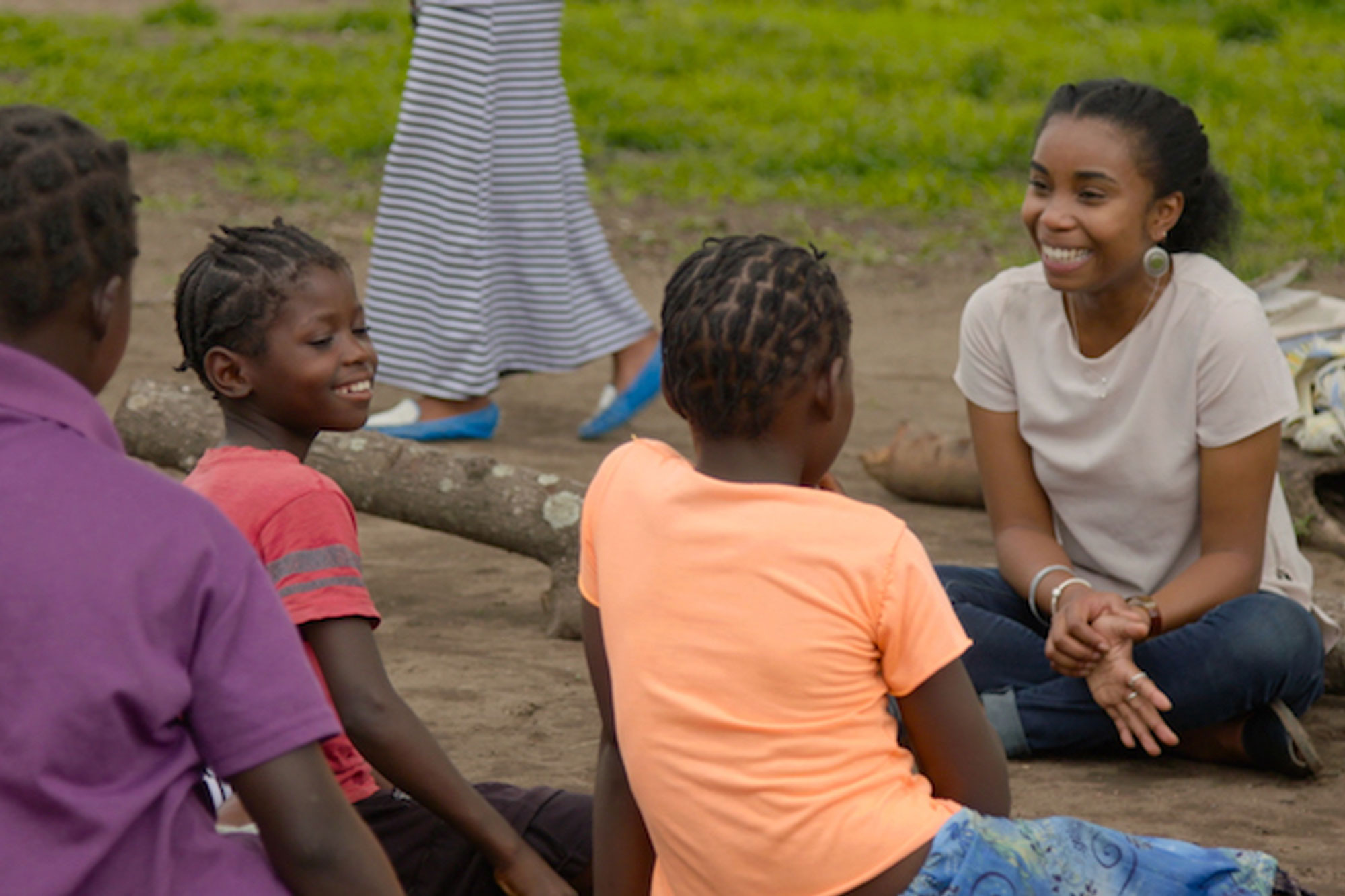Last month, on the 23rd July, the Gorongosa National Park in Mozambique celebrated its 60th birthday with a modest ceremony of 20 people due to coronavirus measures. One of the attendees was the President of Mozambique, Filipe Nyusi. Dominique Gonçalves, currently studying for a PhD in Biodiversity Management at the Durrell Institute of Conservation and Ecology (DICE), wrote a fascinating commentary on the personal and public reasons why Gorongosa is so important.
She writes that the Gorongosa National Park, which she was born near to, is a central symbol of unity, restoration and hope for the nation. The park was also a battleground, with civil conflict destroying 95% of its wildlife, aided by hunting opportunists. She recounts her mother, who worked for the Red Cross, telling her stories of the pain and suffering that the war caused. The conflict ended in 1992, the same year that Dominique was born.
Dominique’s birth year also saw the Rio Earth Summit being held, with a larger number of national leaders attending than have ever been assembled anywhere before or since. The Summit brought up two major themes: the importance of National Parks and how to manage them. The Rio Summit also called for the inclusion of indigenous people as part of the solution, since they know how to manage flora and fauna and use them sustainably.
The Gorongosa National Park is also home to after-school ‘Girls’ Clubs’ in order to help young girls to stay in primary school, go on to study at high school and keep them safe from child marriage. Dominique writes that she is happy to be able to share that the clubs are successful, helping 40 girls from primary schools make it to high school each year.
She also recalls how last year, when Cyclone Idai hit, Gorongosa Rangers were the first to respond, saving lives and feeding 30,000 people for six months. The park itself also absorbed the equivalent of 800,000 Olympic swimming pools of water: had that not happened, flooding downstream would have been even worse.
In the rest of her article, Dominique shares stories about her work with elephants in Gorongosa alongside what it means to be a conservation scientist.
The full article was published on Mongabay.

